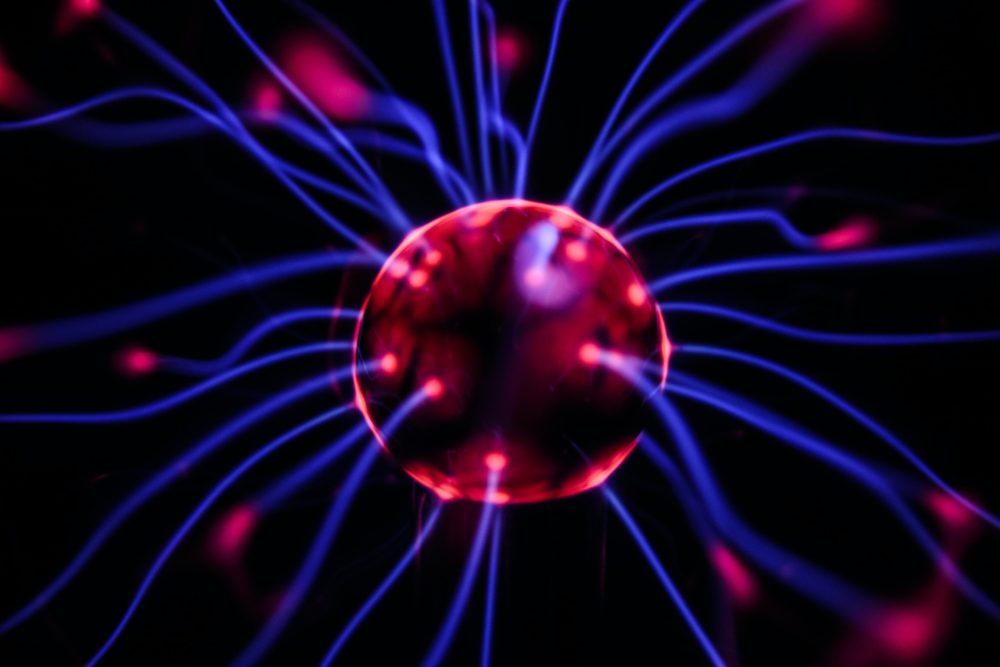In these turbulent times our leadership skills are constantly being challenged. Whether we are making decisions, dealing with crises, or leading our troops, we require strong presence and determination. To offer these attributes to the best of our ability, it is important to focus on self-care, starting with an emphasis on wellbeing.
Wellbeing is how you feel about yourself and your life, whether things are going well, and how you cope with stress. Wellbeing’s philosophical roots date back to Aristotle who proposed that wellbeing has at least two components, hedonia and eudaimonia, or pleasure and purpose. It is the combination of these two that culminates in an overall sense of wellbeing.
Research has found that wellbeing is influenced by several factors – both individual characteristics and lifestyle related factors. Individual characteristics include:
- genetics
- personality traits
- age
- social factors (such as having a partner, a reasonable income, meaningful relationships, etc).
Lifestyle related factors include:
- physical exercise
- engagement in mindfulness meditation.
Studies over several years are progressively uncovering what actually happens in the brain during times of increased and decreased wellbeing. Digging deeper into these findings can help us maximise our chance of living a life influenced by positive emotion and pleasure, and lessening the chance of becoming overwhelmed with struggles such as anxiety and depression that can result in a more negative outlook.
The experiences of positive emotion, pleasure, reward and wellbeing is supported by the normal functioning of a number of brain regions and their interconnections or neural pathways. If the brain is disturbed in the structure and function of these regions this can reduce the ability to experience positive emotions and pleasure, reducing our overall wellbeing.
For example, our brains have a default setting to experience stress in a ‘fight or flight’ response. In its moderate form, this stress (also referred to as eustress) can help get us out of dangerous situations and can have beneficial effects on health including strengthening the immune and cardiovascular system. However, prolonged stress extended over a longer period of time can have detrimental effects on brain structure and function and on health and wellbeing, leading to increased incidences of disease. When people experience stress for long periods, the cortisol that is produced to help activate the brain and senses to increase alertness to dangerous situations and stimulate the adrenaline in the body ready to take action, can be too much. Studies have found that patients with long-term stress such as depression have significantly shrunken hippocampus due to the damage too much cortisol causes to the hippocampal cells.
In addition, increased stress puts the amygdala (a region of the brain that plays a critical role in detecting emotional information and learning its significance) into overdrive, completely overriding the rational thinking part of the brain, the prefrontal cortex. Research shows that both the size and connectivity of the amygdala are compromised with prolonged increased stress. Any increase in amygdala activity results in reduced activity in the area of the brain where a leader likes to operate the most, their rational thinking prefrontal cortex.
Thankfully, neuroscience determines that wellbeing is not static, but can change over time and is influenced by all aspects of our lives, things that bring us pleasure to those that provide purpose. As such, wellbeing is described as a set of skills that can be strengthened with practice. Our brains have neuroplasticity, or the ability to physically change and to maintain the change. Dolcos et al. in their article, Neuroscience and well-being claim, “evidence shows that our experiences can make real changes in the structure and function of our brains. This means that we have the power to change our brains for the better”. The interventions they describe to build the brain and enhance wellbeing include physical training and mindfulness training.
Physical activity and the brain
Physical exercise changes the way the brain processes information and has a positive effect on the structure and function of several brain regions including the hippocampus (attributed to memory function) and the prefrontal cortex (rational thinking). Studies on children show positive effects in increased and more efficient patterns of brain activity and superior executive and cognitive control performance in those that undertake physical activity. In addition, exercise improves older adults’ cognitive abilities and wellbeing. Exercise can enhance the ability of the aging brain to improve performance on cognitively challenging tasks.
Mindfulness training and the brain
Kabat-Zinn describes mindfulness as “the awareness that emerges through paying attention on purpose, in the present moment, and non-judgementally to the unfolding of experience moment by moment”. Neurologically, mindfulness practices stimulate changes in both the structure and function of the brain. Studies show mindfulness engaging brain regions that are key for body awareness, memory and emotion and enhancing connectivity between the brain hemispheres. Essentially, mindfulness can improve the underlying connections in the brain that support self-regulation.
The high plasticity of our brain means that what we think, feel, and do changes its physical structure and the function of different brain circuits. We can, therefore, reshape our brains to change our mindsets and to improve our wellbeing.





